If you’ve ever worked on a massive Excel spreadsheet, you’ve likely smashed into duplicate entries—those annoying repeats that sneak in when you’re juggling customer records, product lists, or sales data. Sometimes duplicates are harmless (like a returning customer), others can mess with your totals, throw off reports, and just generally drive you nuts.
That’s why the learning how to find duplicate in Excel is more than just a neat trick—it’s an essential part of keeping your data clean and readable.
In this guide, I’ll walk you through a few simple (but powerful) ways to find and deal with duplicates in MS Excel, from easy visual tools to formulas that give you total control.
Why Do Duplicates Happen in the First Place?
Most of the time, duplicates creep in when data gets copied, imported, or manually typed in. It’s super common—especially if you’re working with different team members or pulling info from multiple systems.
The trickiest part is? Not all duplicates are errors. That’s why it’s important to know exactly how to find duplicate in Excel and decide whether to keep or remove them based on context.
ALSO READ: How to Delete Blank Cells in Excel
Method 1: Using Conditional Formatting
The fastest way to find duplicates in Excel—without touching a formula—is with Conditional Formatting, a built-in Excel feature that does the job with just a few clicks.
Try this:
- Select the cells you want to check.
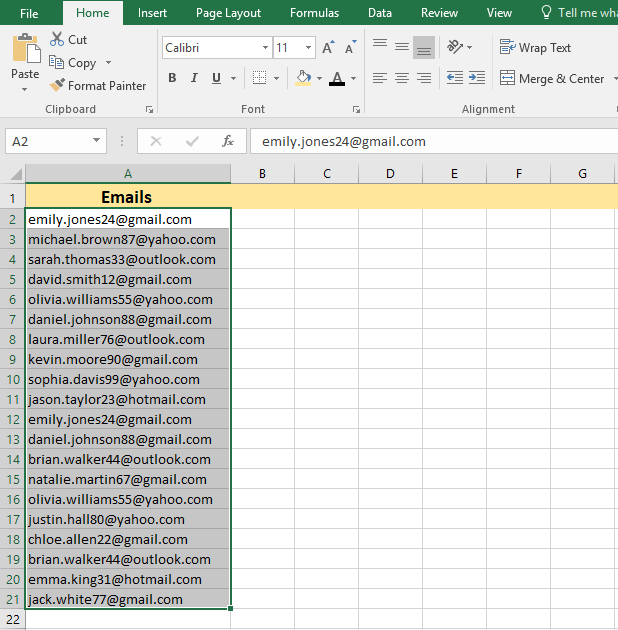
2. Go to the Home tab.
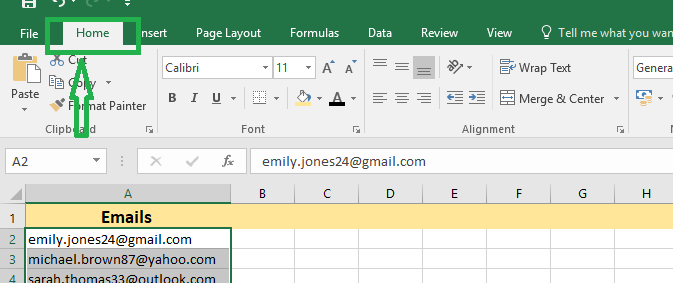
3. Click Conditional Formating > Highlight Cells Rule > Duplicate Values.
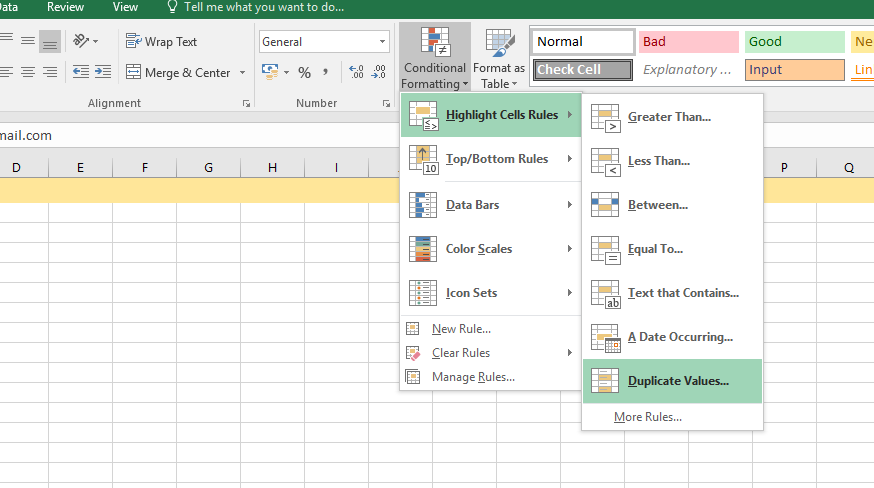
4. Pick a formatting style (red fill usually works well).

5. Hit OK.

Just like that, Excel highlights the repeat entries. It’s a super simple way to get a visual sense of what’s going on in your data.
Want a quick win when figuring out how to find duplicates in Excel without diving into formulas? Start here.
Method 2: Using Formula
Sometimes, you need more than a highlighter—you need logic. That’s when formulas prove to be really useful. And if you’ve ever wondered how to find duplicate values in Excel using formula, here’s a basic one to get started:
=IF(COUNTIF(A:A, A2)>1, "Duplicate", "")
What it does: This formula looks at the value in cell A2 and counts how many times it appears in column A. If it shows up more than once, Excel labels it as “Duplicate.”
Steps:
- Insert a new column next to your data.
- Paste the formula into the first row.
- Drag it down to apply it to the rest of the dataset.
Note: Want to compare two or more columns before calling something a duplicate? Use COUNTIFS instead. It lets you build more specific rules.
So if your question is how to find duplicate values in Excel using formula, this method gives you full flexibility and a clear, customized approach.
Method 3: Actually Removing the Duplicates
Let’s say you don’t just want to see the duplicates—you want them gone. Excel makes that easy too, thanks to the Remove Duplicates tool.
Here’s the step what to do:
- Highlight your Excel data (don’t forget column headers).
- Go to the Data tab.
- Click on Remove Duplicates.
- Select the column to check.
- Click OK.
Excel will tell you how many duplicates were deleted and how many unique values are left. Remember— this method is permanent unless you hit Undo right away.
Pro Tip: Always make a backup of your file before deleting anything. To avoid the risk of lose your data.
ALSO READ: How to Create a qbj File From Excel
Method 4: Using Advanced Filter
If you’re more interested in pulling out the unique entries—rather than highlighting or deleting—Excel’s Advanced Filter can help.
Here’s how:
- Select your data range.
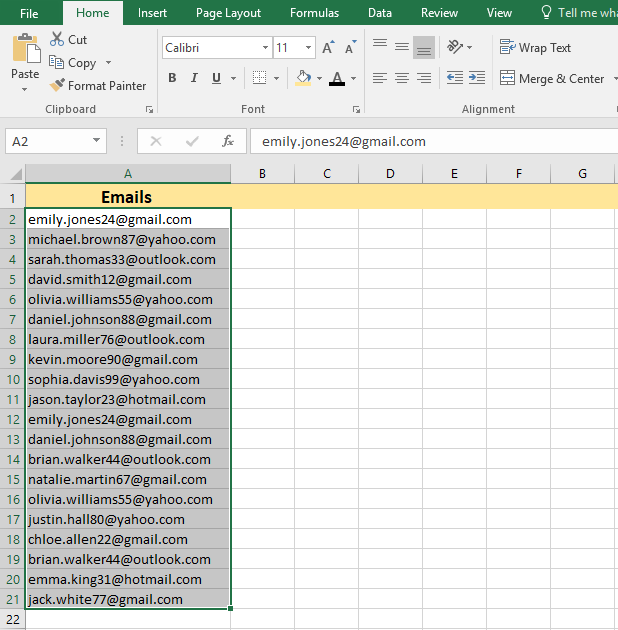
2. Head to the Data tab.
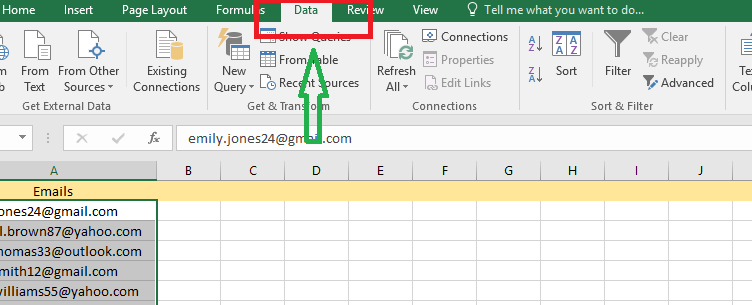
3. Click Advanced under Sort & Filter.
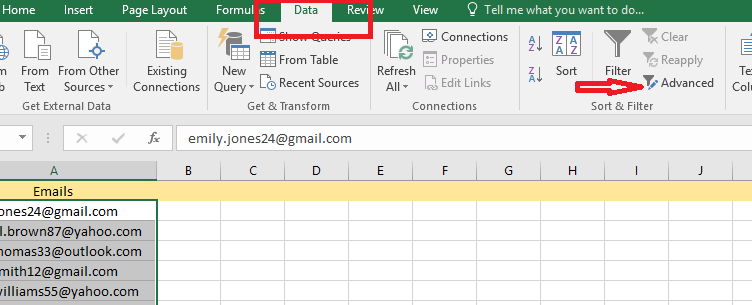
4. Choose Copy to another location.
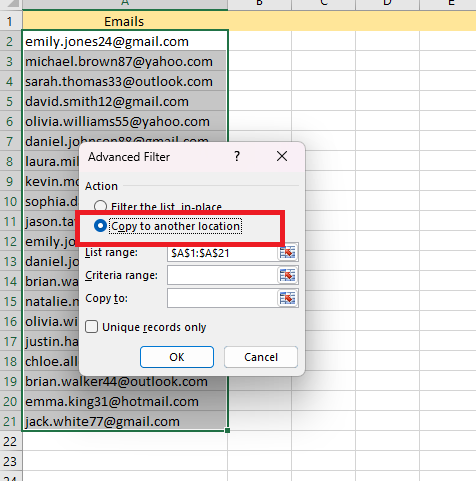
5. Check Unique records only.
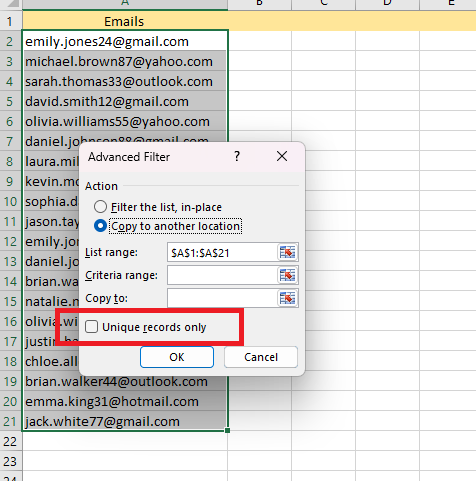
6. Choose where you want the results to appear and click OK.
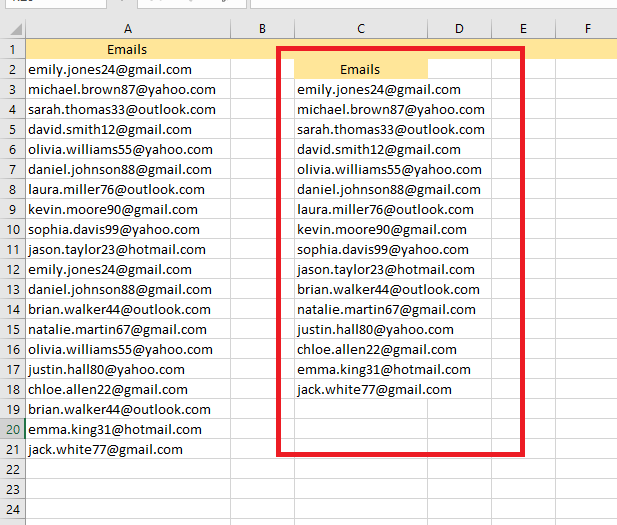
Note: While this won’t flag or remove duplicates, it gives you a filtered list of unique values, which makes it easy to figure out how to find duplicate cells in Excel by contrast.
Common Mistakes to Avoid Them
- Missing part of your datasets. Always double-check that you’ve selected the full range—especially if your data spans multiple columns.
- Deleting duplicates. Sometimes, repeated entries are valid. Think twice before removing them.
- Not saving a backup Mistake. If you’re using tools like Remove Duplicates, protect yourself by keeping a copy of the original file.
The Bottom Line
Look, learning how to find duplicate in Excel isn’t just for power users or data geeks. It’s something everyone who touches a spreadsheet should know. It’ll save you time, prevent mistakes, and help you work more confidently with data.
And remember—if you mess up a formula or click the wrong button, that’s okay. Excel’s undo button (Ctrl+Z or Command+Z on a Mac) is there for a reason.
So the next time you’re stuck wondering how to find duplicates in Excel, just scroll back to this guide. You’ve got options, tools, and now—the confidence to use them.








